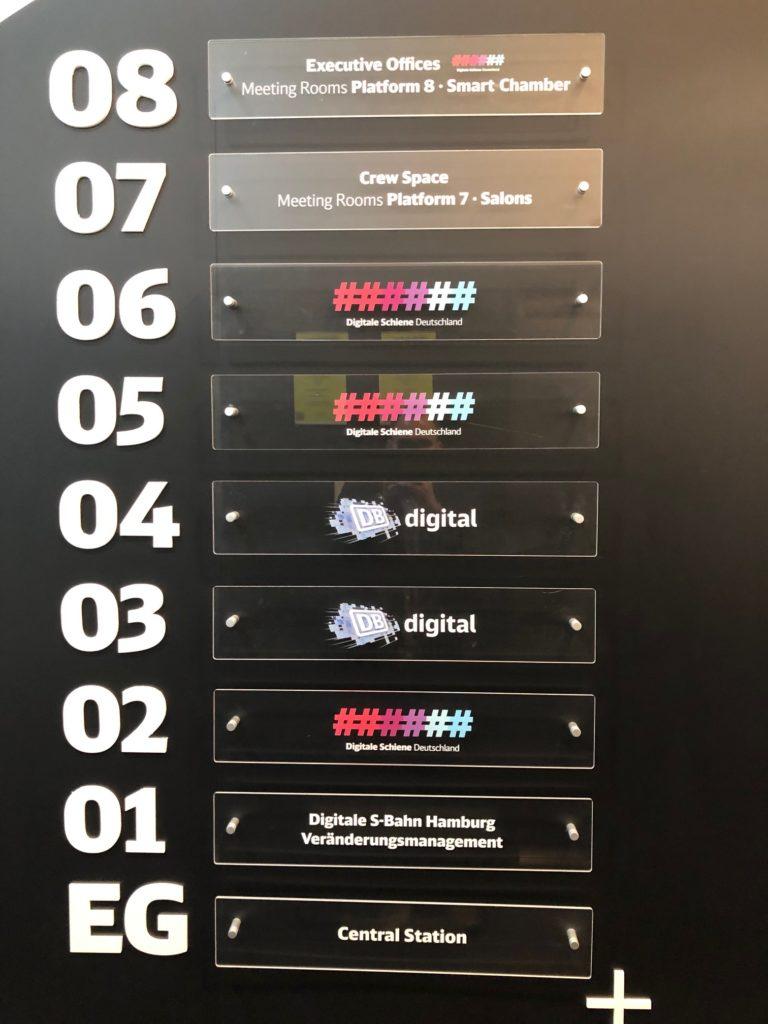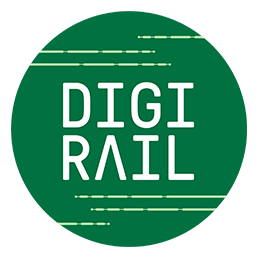At least three survey projects like Digirata are currently in progress in Europe: the Swiss Smartrail 4.0, the German Digitale Schiene and the British Target 190+. Some kind of survey is probably in process in all European countries. On the general level, every renewal project is about taking care of more and more functions and processes digitally instead of manually and mechanically.
Smoother crossing of borders
The international Rail Innovation Forum recently stated that the share of air traffic had decreased and that of rail traffic had increased. This trend puts pressure on railway capacity. In Continental Europe, the smooth travel of goods and people between countries is a more powerful motive for development than in Finland. Currently, it may be necessary to change the engine before the border, for example, or the train may need to be equipped so that it can be used with several national safety device systems.
ETCS or the European Train Control System is the European standard on train control. It currently includes three levels, of which levels one and two are already in use, the second one being implemented and the third one is currently under development. The level of digitalisation increases with the levels, and ETCS level 2 already acts as the basis for autonomous traffic, among other things.
The common European goal is to implement the crossings of borders in such a way that the traffic control system stays uniform. The joint ERTMS/ETCS system currently covers approximately 22,000 km on level 1 and approximately 23,000 km on level 2. The purpose is to increase this share significantly in many countries by means of national ERTMS projects, and billions of euros will be spent on the work in the near future. Speed, punctuality and safety can be increased by removing the technical obstacles.
Finland is geographically situated quite differently from, say, Belgium or the Netherlands which have trains running through them, travelling from one EU country to another. Finland’s situation is, in terms of technology, a bit like having an old computer operating system: you could continue using the old one for a little while, but support and development will eventually be made unavailable. Something has to be done.

What is Finland seeking in its own survey?
Jari Pylvänäinen: We are currently using railway technology that is about to expire. The replacement cycle is 20–40 years, and some of the safety devices, for example, are already nearing the end of that interval. Repair deficit is increasing. We are, therefore, currently considering whether to make decisions which will carry us through the next 20 years. We are looking for a good capacity to price ratio, or a solution which allows us to increase the traffic at a reasonable price.
Juha Lehtola: In addition to the ERTMS development work, we are also observing the overall safety device system. The acute replacement needs of current safety device systems plays an important role in this, and we should, therefore, prepare ourselves for the implementation of ERTMS, at least in terms of preparation.
Finland is a relatively small market, which means that we really need cooperation.
Have you been following the European projects?
JP: We have visited several countries where plans for major development steps are currently under way, e.g. Switzerland, Germany and England. We have also been monitoring the progress of the projects there in general. They have showed encouraging development and are taking new initiatives all the time. There are currently new ways of thinking about the railways, and this form of traffic is a pioneer again.
JL: JL: It is noteworthy how the European rail infrastructure holders work in cooperation in these matters. Finland should join in on this cooperation so that we follow the unified policy and not reinforce Finland’s position as an “island” from the central European perspective. Finland is a relatively small market, which means that we really need cooperation.
The solution must be 110% tested and functional.
Do we need to reinvent the wheel in every country separately or could we also apply what is learned in Europe in Finland?
JL: It is important in terms of the ERTMS strategy that, unlike historically, we do not implement individual national technologies at this time. The opportunities for this are good now.
JP: : The suitability of solutions must be considered carefully. This industry is rather careful to report any results and the results have traditionally not been made public in advance. The solution must be 110% tested and functional! The survey is still ongoing, but we are aiming at the higher ETCS levels in Finland, at least in the track sections with pressure to increase capacity.
Finland even has the opportunity to be a pioneer in terms of technology.
What kind of prerequisites do we have for keeping up with the development?
JP: The European development projects are resourced quite differently than ours. In the UK, hundreds of people are working on Target 190+, more than 200 are working on the Swiss Smartrail 4.0 and approximately 150 on the German Digitale Schiene; more than 1,300 on the future overall project. Regulation and enabling do, however, work well in Finland, and there is enough courage present to do things. We also have a high level of data communications and radio network competence.
JL: Finland has good opportunities to keep up with the development, provided that we allocate enough resources for the project. Finland even has the opportunity to be a pioneer in terms of radio network technology.
